Vintage garments are fashionable and big business. I dealt with many people who buy, restore and sell older garments. One project was the restoration of Colonel Sanders (KFC) white suits that he wore while cooking his famous chicken. After restoration one of the suits was auctioned off for $82,000. As a garment analyst for 37 years, I have tested many of the original fabrics which have now turned vintage.
CLEANING VINTAGE GARMENTS
▲ Rayon
It was used years ago and was never a fabric that could be wetcleaned. The rayon used was termed viscose rayon which would shrink excessively when put into water. This rayon should only be drycleaned.
▲ Crepe
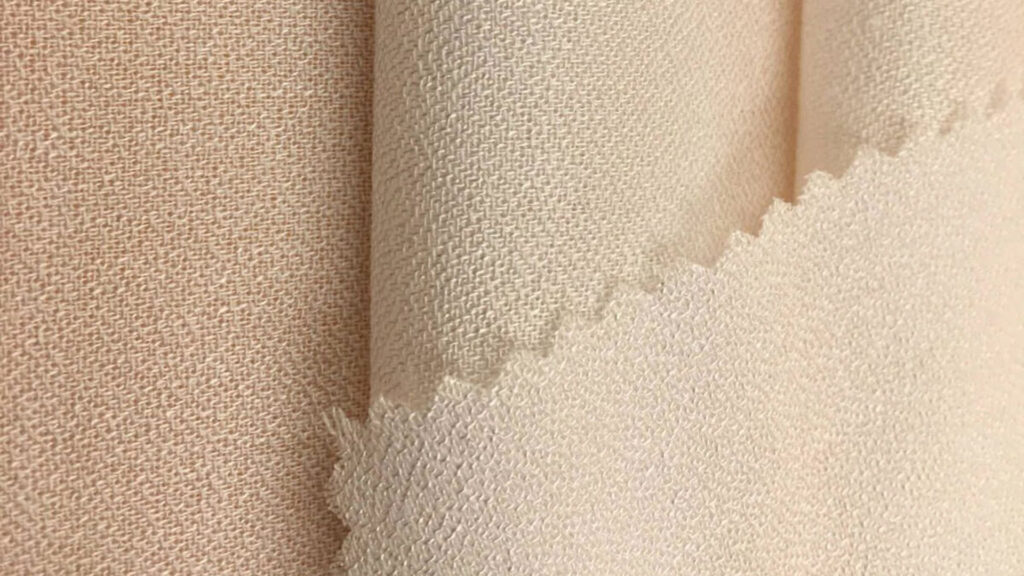
This is a fabric with a rough texture created by tightly twisted yarns. Vintage crepe fabrics should never be wetcleaned or put into water because of excessive shrinkage is likely to occur. This fabric should only be drycleaned.
▲ Moiré

This was a fabric with a water grain or wood grain pattern put on to a fabric by manufacturers who use heat, pressure and engraved rollers. Moiré fabrics was made of rayon, acetate, polyester and nylon. Only polyester and nylon moiré fabrics can be wetcleaned.
▲ Imitation Leather, Suede and Wet Look Fabrics
This was popular in the 1970’s and 1980’s. Manufacturers use vinyl and polyurethane plastic. It was very difficult to differentiate between two plastics. The vinyl plastic should be wetcleaned. The only solvent that would be safe for cleaning vinyl is Green Earth. For safety, these fabrics should be wetcleaned.
▲ Gortex
I originally tested Gortex when it first came out. Most Gortex used for outerwear can be wetcleaned. To retain the water repellant properties it requires thorough rinsing. Some vintage Gortex made was only drycleanable due to fabric construction.
▲ Velvet
The vintage velvet used is mainly rayon, acetate and silk. This can only be drycleaned.
▲ Gold and Silver Coated Fabrics
This was popular in the 1980’s. When the coating is only on one side of the fabric it should be wetcleaned. When the coating appears through and through the fabric it should be drycleaned.
▲ Rayon Matte Jersey
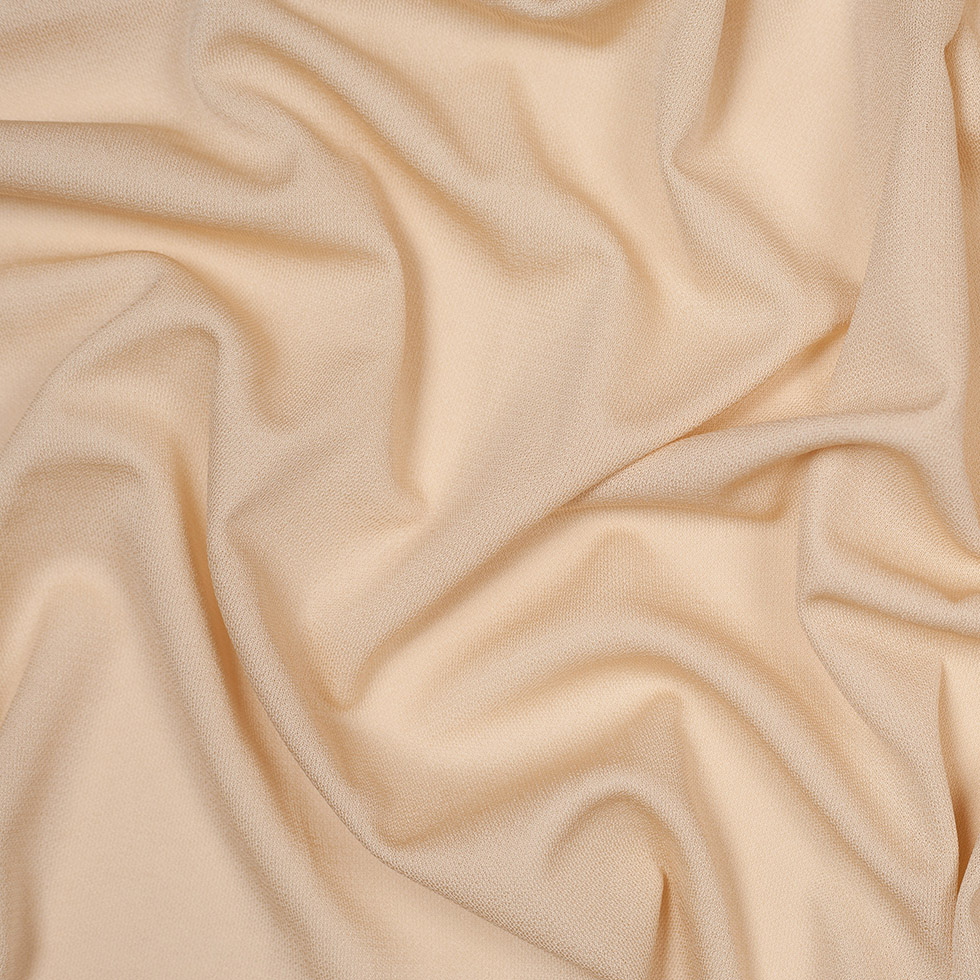
An expensive knitted fabric that was popular in the 1980’s. This can only be drycleaned.
▲ Imitation Persian Lamb
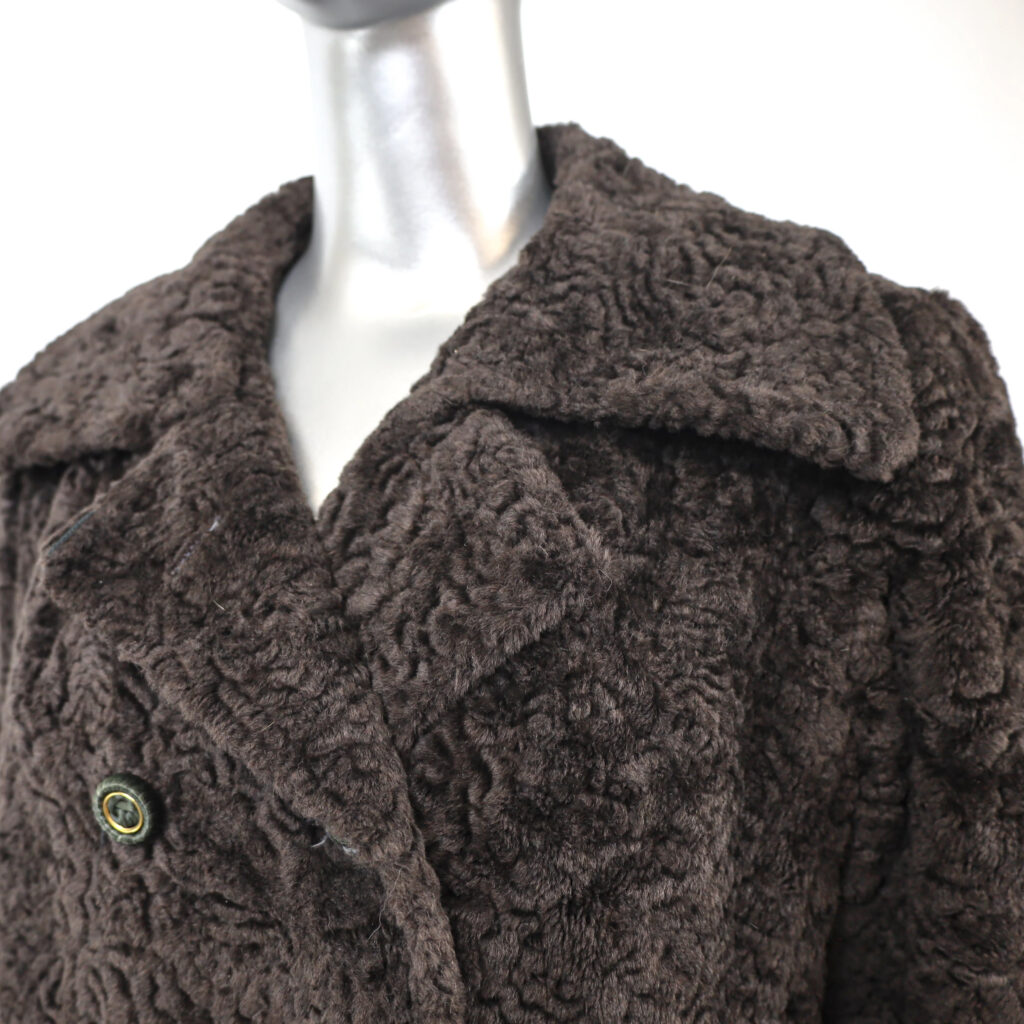
This was popular in the 1960’s. Manufacturers glued on fibers to a fabric and made it look like fur. This should only be sent to a professional furrier for cleaning.
▲ Ultra-Suede
This is an expensive imitation suede fabric that I tested when it first came out on the market. This fabric can be wetcleaned or drycleaned depending upon the fabric construction (e.g., lining, trimming, etc.)
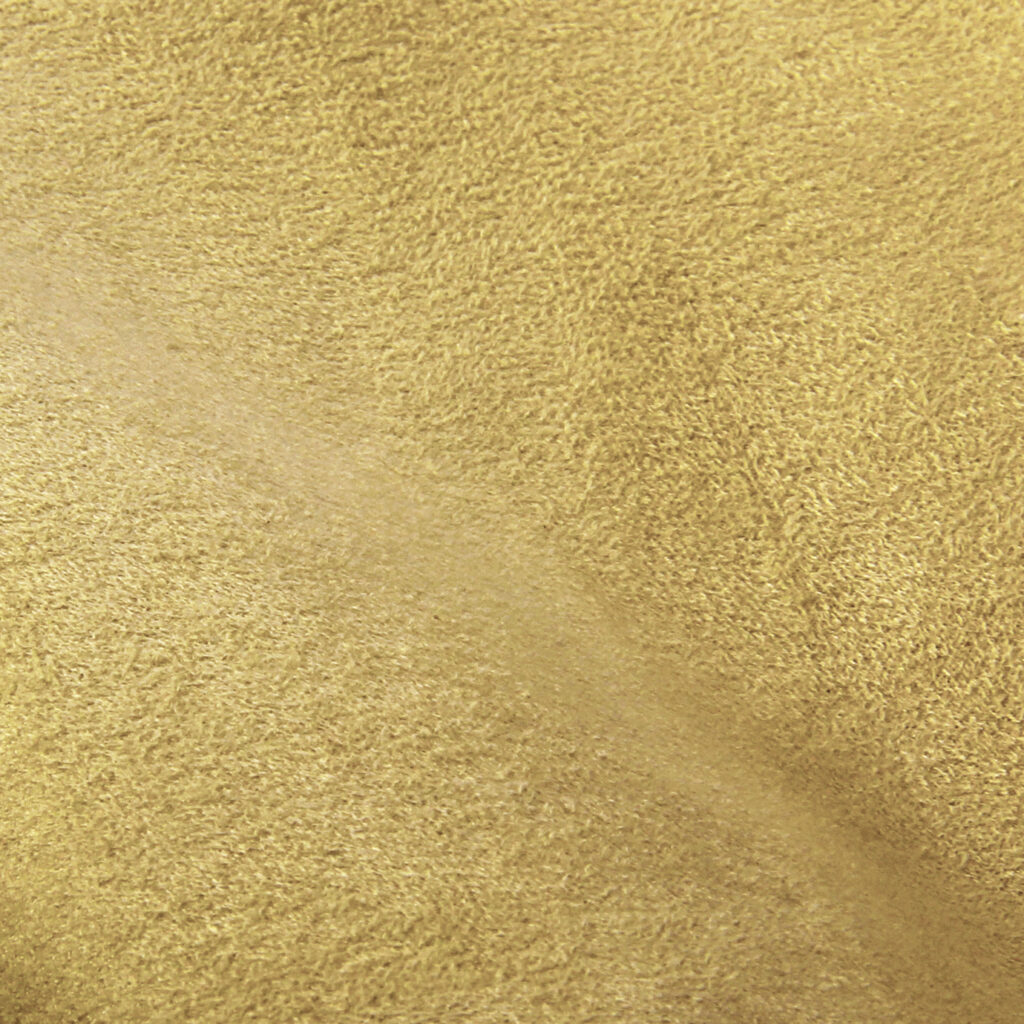
▲ Pouf or Pouffe

It is a French word to describe a vintage styling, accentuated by a double layered fabric. Flounces, gathers and ruffles gives a balloon or puffed effect. This should only be drycleaned.
▲ Flocked Print and Coated Fabrics
A popular older fabric used was imitation velvet print or a velvet look created by gluing fibers on the surface of the fabric. This fabric was often unserviceable to drycleaning and sometimes to wetcleaning. It was often mislabeled as drycleanable. Green Earth solvent would be the safest way of cleaning this fabric.
▲ Hologram

Older styling by American designers such as Daang Goodman and Tommy Hilfiger. They used prints and fabrics that created kaleidoscopic and a three dimensional look. These fabrics should be hand washed.
▲ Bonded Fabrics
A popular old styling was bonding a urethane foam onto a fabric. This gave the fabric bulk and was still a lightweight fabric. Age and oxidation will deteriorate the urethane foam. Any cleaning would be dangerous and could only be attempted with the customers written permission.
▲ Micromattique
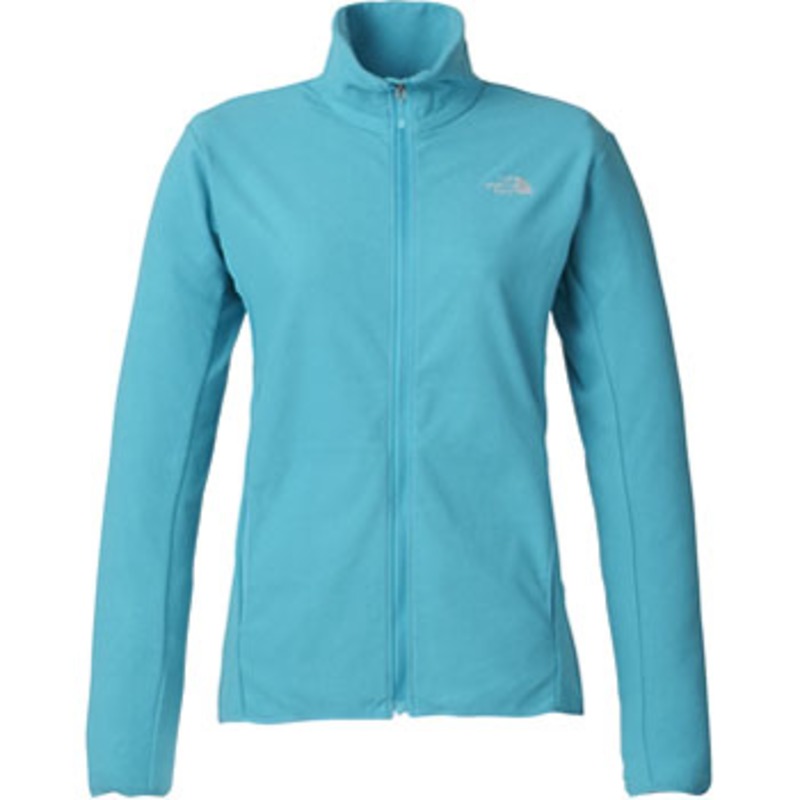
This was the original micro polyester fiber from DuPont. This fabric was serviceable to wetcleaning procedures. My original testing of the fabric showed that sometimes drycleaning procedures would remove the fluorescent dye causing a dulling and loss of brightness.
▲ Beaded Trimming
The plastic trimming used was unserviceable to both chlorinated and petroleum solvents. The safest way to handle any older beaded garments would be in wetcleaning. Green Earth solvent would be the only way to dryclean these fabrics.
▲ Angora Sweaters
It was a popular fabric in the 1980’s and 1990’s. This fur fiber had strong shrinkage characteristics when drycleaned. This should be wetcleaned by hand for safest results.
▲ Matelasse
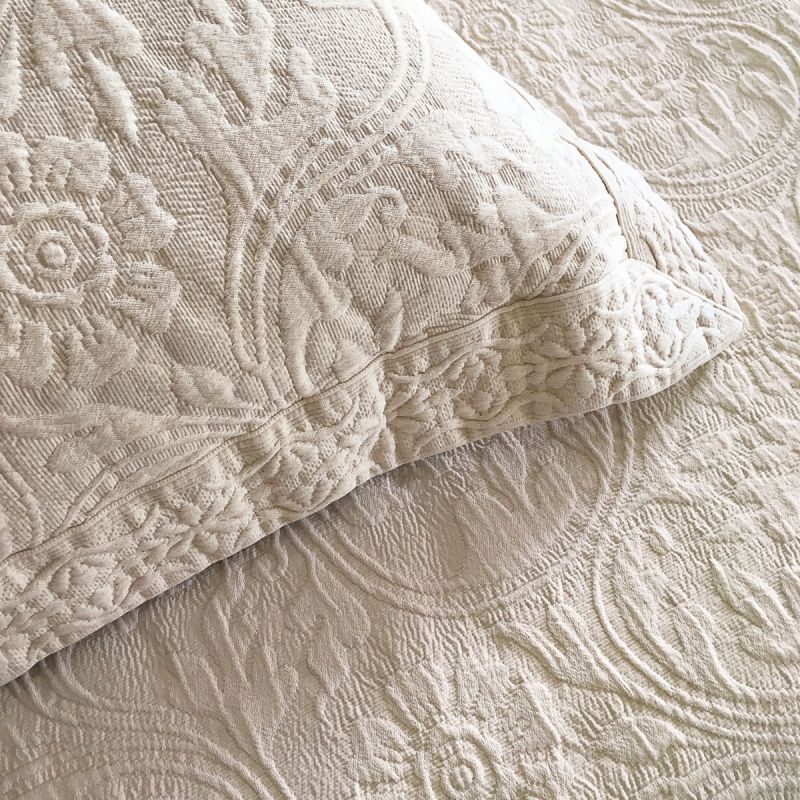
A raised design on a fabric usually created by a bonding process. Age will deteriorate the bonding process and this garment should be drycleaned with the customers permission and risk.
▲ Trimming attachment
Beads and other trimming were attached with a chain stitching. One broken strand can cause loss of all the trimming. Check the stitching thread carefully before cleaning.
▲ Dyes
Vegetable dyes obtained from fruits and vegetables were commonly used up until the middle 1800’s. Anillin dyes and synthetic dyes were first introduced in 1860. History reports that sailors introduced blue indigo dyes in their uniforms because they did not fade. After 1930 white became the traditional color for wedding gowns. Check for re-dying of the fabric which was often the fashionable thing for the bride to do after a wedding. The white gown was often cut down, dyed and used as a regular dress.

Dan Eisen
Dan Eisen, former chief garment analyst for the National Cleaners Association, offers lecture, consultation and garment analysis service. He is the author of The Art of Spotting. He can be reached at (772) 340-0909, by email at cleandan@comcast.net or through his website at www.garmentanalysis.com. Dan Eisen, 274 NW Toscane Trail, Port Saint Lucie, FL 34986.
